After drawing immense summer crowds, the most recent traveling exhibition at the Museo Nacional del Prado in Madrid, Tesoros from the Hispanic Society of America, Visions of the Hispanic World, closed its doors. The show truly was a museum within a museum – a mise en abîme of the New York City-based Hispanic Society of America within the galleries of the Spanish Royal Collection. The Hispanic Society normally finds its home on the Audubon Terrace at the northwest corner of 155th Street and Broadway, but after the museum closed in January to undergo significant renovations, its jewels were packed and shipped for the journey to Spain, and from there around the world. For some of these objects this was a return visit, a long-awaited homecoming after nearly a century of American residence. For many others, the Tesoros show constituted their maiden voyage to the Iberian Peninsula. During my visit in August, the vibrant and nuanced nature of this exhibition presented many topics worthy of reflection.
The Hispanic Society is the pipe dream of Archer Milton Huntington – a man who loved art, who adored museums, and whose heart, much like mine, rested somewhere between Spain and New York. Furthermore, it was crafted by Mr. Huntington: he did not merely open his wallet to finance the collection, he also played an active role in the construction of his museum and the selection of the art that would fill it. The evolution of his collection has been dependent on his legacy and the explicit wishes that he expressed through his interpersonal communication and diary entries during his lifetime.
Rather than treasuring only a few masterpieces, Huntington spent his fortune assembling a diverse variety of objects ranging across periods and media – paintings, sculptures, ceramics, glassware, prints, drawings, and more. His aims are best expressed by Mr. Huntington himself, in a claim made in his diaries that was rewritten on the wall of the third floor gallery of the Jeronimos building of the Prado show:
The museum… it must condense the soul of Spain into meanings, through works of the hand and spirit… I am collecting with a purpose and you know that purpose quite well… I wish to know Spain as Spain and so express her – in a museum. It is about all I can do. If I can make a poem of a museum it will be easy to read.
The exhibition at the Prado beautifully translates that very poem Mr. Huntington aspired to create. A walk through the galleries encourages visitors to see, to look, to wonder alongside Huntington.
Mr. Huntington sought to build his collection around Spanish identity and to be an ambassador for it in the United States. He pursued an expansive collection that would be demonstrative of the intricate history of the county he loved so dearly, as well as its colonial reverberations. In fact, he made a point to collect works that had already been taken from Spain, purchasing works from other private collections through sales mostly held in France, England, and the United States. As a true lover of Hispanic art and culture, he made a deliberate effort not to rob Spain and its former colonies of their cultural patrimony. Instead, Huntington sought to serve as their ambassador abroad. Huntington offered and arguably created a taste for “Spanishness” in the States. At the same time, by commissioning them directly, Mr. Huntington gave artists like Joaquín Sorolla y Bastida and Ignacio Zuloaga y Zabaleta an aperture to enter the New York art scene and the American art market at large. His motives appear clear in a letter he wrote to artist and friend Ignacio Zuloaga y Zabaleta in 1908: “You are Spain to me…for you will save that old Spain which is departing.”[1]
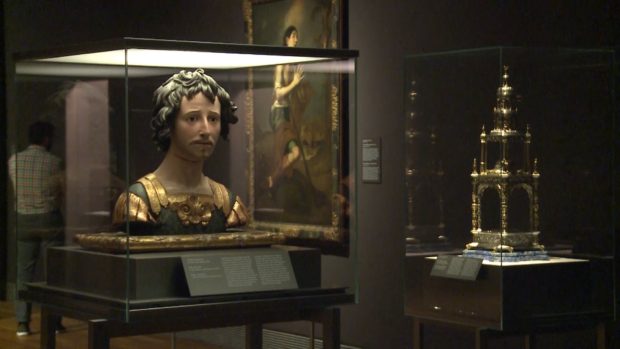
Photography by Europa Press, 2017.
The Tesoros show does not shy away from discussing the, at times, problematic and nonrepresentational conceptualization of “Spanishness” Huntington presented to American clientele. Many of the works selected for the show are discussed specifically as constructs of Spanish identity. The succinct didactic material throughout the galleries, along with the beautifully written catalog essays, definitely expose how each piece is intrinsic to the construction of what it has meant, both to insiders and onlookers, to be Spanish. However, this is not the sole focus nor the unique conclusion that viewers are compelled to draw.
In fact, the objects in the exhibition allow the viewer to visualize the cultural production and character of an interconnected world, rather than just one European nation. This globalizing analysis is not an attempt to gloss over the tragedies of the past, the injustices of racial and ethnic cleansing, or the oppression of the colonial project. Rather, the 200 works of the Tesoros show transport viewers through space and time far beyond the limits of the Hispanic World to understand art in a global context throughout history. The Portrait Bust of a Young Man was likely uncovered near Seville, Spain in a Roman settlement called Itálica. Its features are representative of the artistic standards in Antonine, Hellenistic Rome and yet the work serves, in this context, as a reference to the first major empire to rule the Mediterranean world – a legacy that Spain would later attempt to carry onward. Juan Vespucci’s Map of the World, drawn by Italians working at the House of Trade in Seville, reveals a colonial worldview taking form in the sixteenth century, but takes special care to depict with defined beauty territories in Persia, Africa, and the Holy Land. A glass vase from early modern Barcelona draws upon enamel workings from Venetian workshops meanwhile its form, taken after a traditional Syrian shape, highlights Spain’s shared history with the Islamic world. Thus the objects themselves speak to the interconnectedness of the world.
Furthermore, the visual layers and connections created between rooms and objects within the exhibition heightens the impressive aura emitted by the objects alone; throughout the exhibition space, the interaction between the works reveals a complex history that must be peeled back slowly and experienced in a processual fashion. The placement of the objects allows for ancestors to collide and lineages to cross paths and many disparate moments of history to coincide for the first time. One cannot ignore the looming but empathetic presence of El Greco’s Pieta when admiring the 18th century sculptures within the central vitrines, just as the penitent gaze of Murillo’s Prodigal Son Among the Swine seems to be kneeling directly before the Custodia from the Church of San Juan Alarcon from Cuenca, Mexico.

Photography by Europa Press, 2017 courtesy of SIT Grupo Empresarial
While each object is part of a much larger assemblage of works, each too possesses its own narrative, one that represents the particular moment in history from which it comes. It is as though each piece was selected for the show because it possesses its own essence, a strong individual character, representative of just one small sliver of the Hispanic World. Thus, together, through the charming visual conversation curated in this space, the exhibition reveals the tumultuous history of the past and also gives viewers a pulse of the present. That history, much like the present, is not simply written in black and white, but rather colored with a vibrant interplay of people, cultures, languages, and places which overlap at every turn and must be valued for their for their individual integrity as well as their contribution to the whole.
Many have praised the work of Huntington and the Hispanic Society. When speaking of the exhibition in his introductory entry for the Tesoros catalogue, Secretary of State for the Ministry of Foreign Affairs Miguel Ángel Cortés Martín writes: “the Hispanic Society has dedicated itself to furthering the knowledge of Spanish art and literature…For close to a century, the Hispanic Society has not only made its collection familiar to an international audience but it has carried out its mission of enhancing a rigorous appreciation of Spanish culture.”[2] With such aggrandizing support, it is not surprising therefore that, shortly after the opening of the show, the Hispanic Society accepted the 2017 Princess of Asturias Award for International Cooperation – a prestigious honor acknowledging individuals, entities, and organizations worldwide that have made significant contributions to promote cultural and humanistic values that form part of the universal heritage of humanity. It would seem that Mr. Huntington achieved that which he sought to accomplish.
Tesoros of the Hispanic Society of America revealed immaculately to its viewers that Mr. Huntington, by appointing himself as a cultural ambassador of sorts between Spain and the United States and yet keeping into the shadow, allowed for his objects to take center stage. Tesoros is a poem wonderfully laden with the complete history of a collection, the complexity of Spanishness, and an enriching sense of global heritage. And as the crates are repacked and these works journey onward throughout the world, we anxiously await their return to their adopted home, when their arrival will enliven the blossoming galleries of the new Hispanic Society.
[1] Letter from Archer M. Huntington to Ignacio Zuloaga y Zabaleta, November 1908
[2] Miguel Angel Cortes Martin, The Hispanic Society of America Tesoros, 6-7.


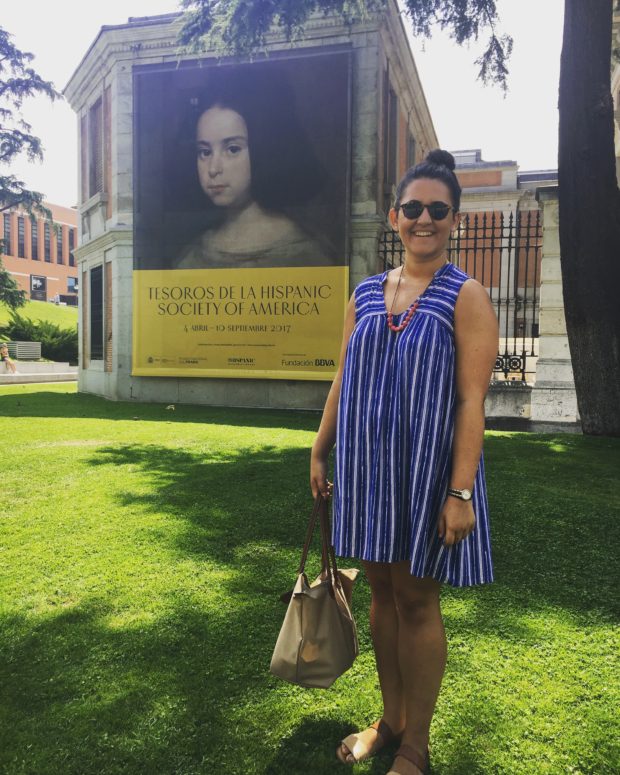
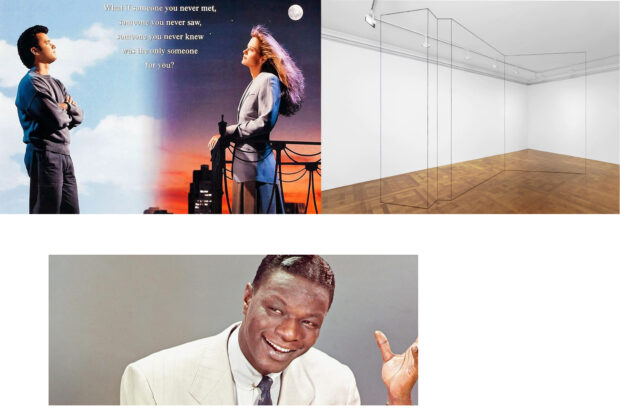


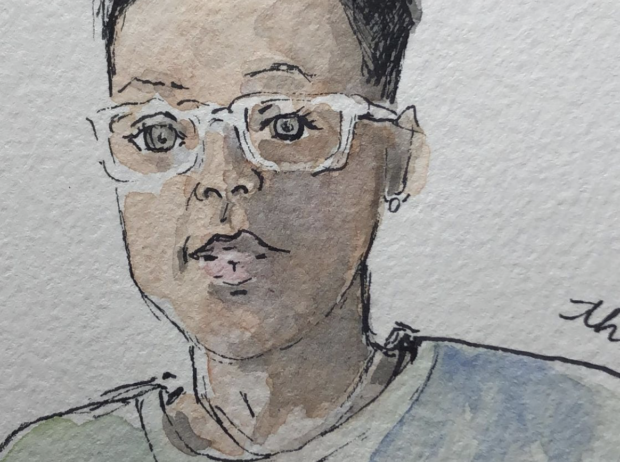
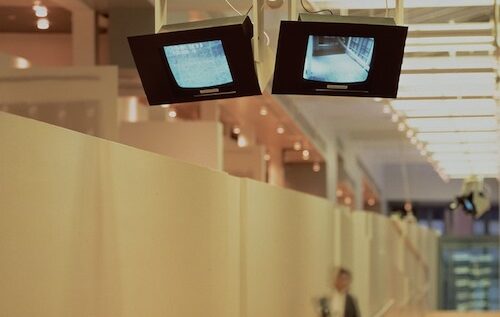
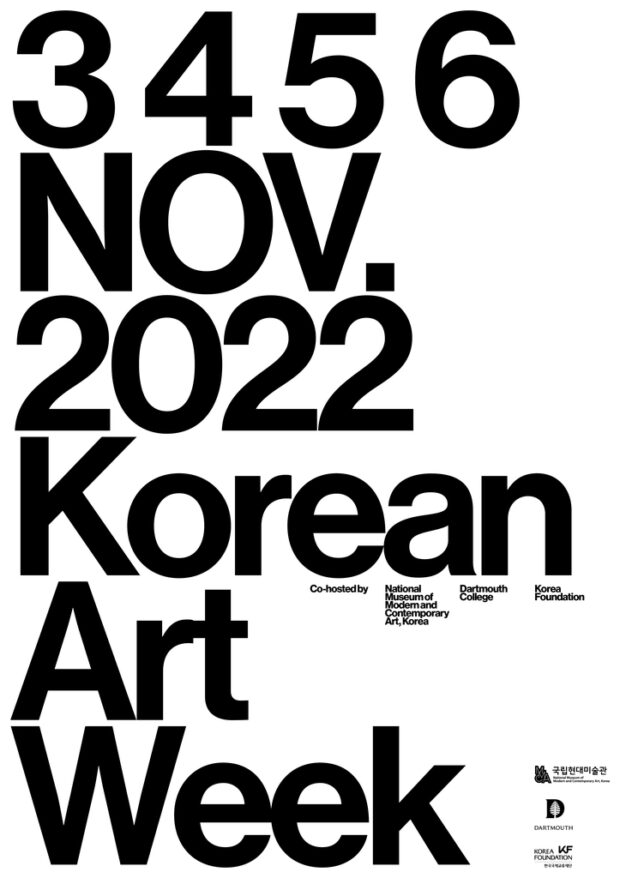




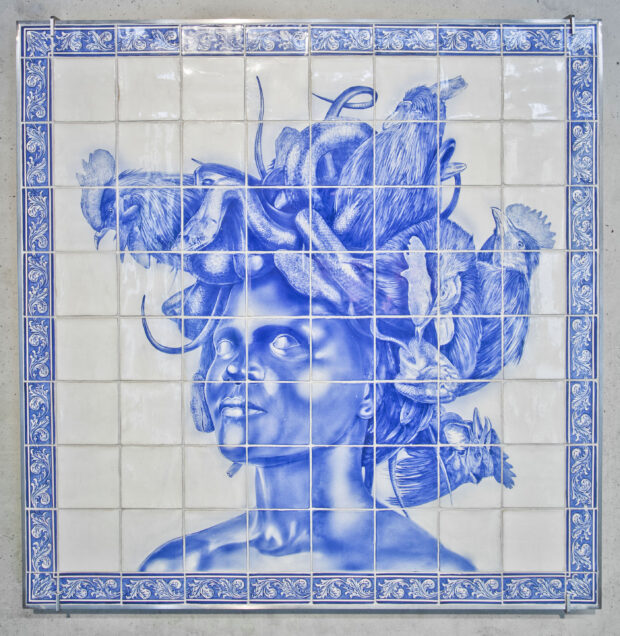
Be First to Comment